di MARIO ROSSI (firma con lo stile preformattato)

Per fare le foto a grandi dimensioni, bisogna usare il componente Image e usare le sue caratteristiche. Non usare però 'spostamento immagine'. Allineamento immagine e didascalia devono essere 'centro'
La larghezza massima, come qui, è 1220 px, ma per farlo funzionare VA IMPOSTATO 1920px come 'larghezza immagine'.
Crediti foto
The snow burst through the trees with no warning but a last-second whoosh of sound, a two-story wall of white and Chris Rudolph’s piercing cry: “Avalanche! Elyse!”
The very thing the 16 skiers and snowboarders had sought — fresh, soft snow — instantly became the enemy. Somewhere above, a pristine meadow cracked in the shape of a lightning bolt, slicing a slab nearly 200 feet across and 3 feet deep. Gravity did the rest.
Snow shattered and spilled down the slope. Within seconds, the avalanche was the size of more than a thousand cars barreling down the mountain and weighed millions of pounds. Moving about 7o miles per hour, it crashed through the sturdy old-growth trees, snapping their limbs and shredding bark from their trunks.
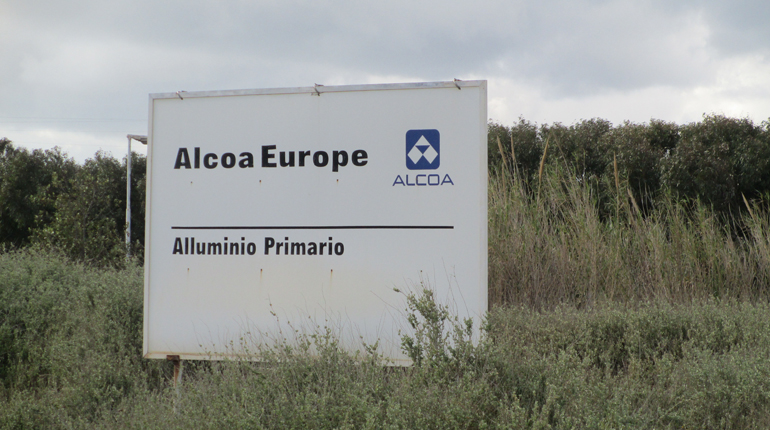

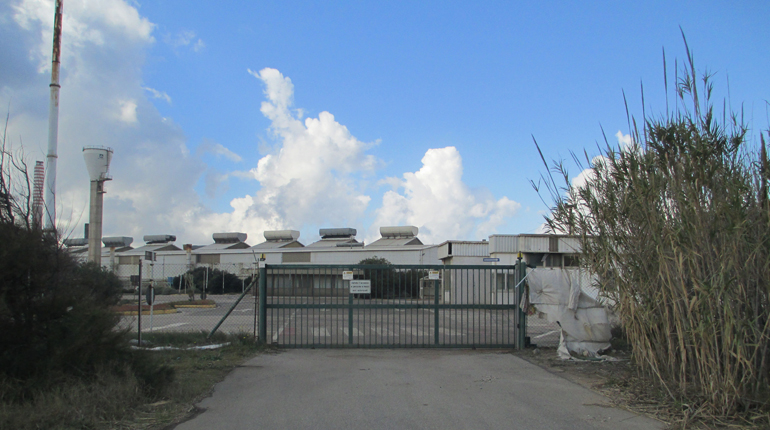
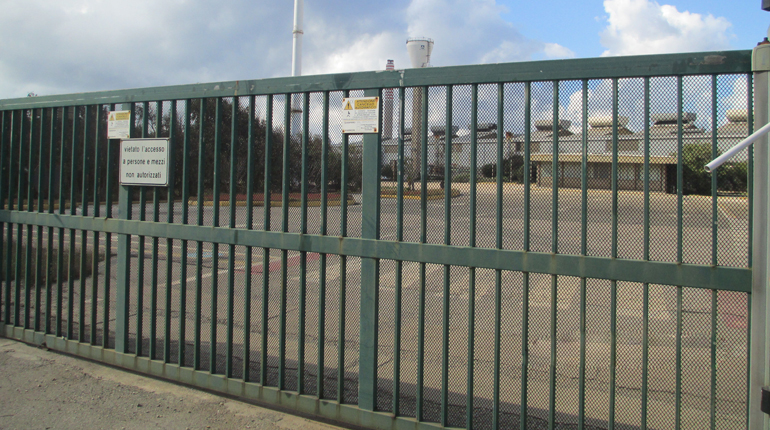
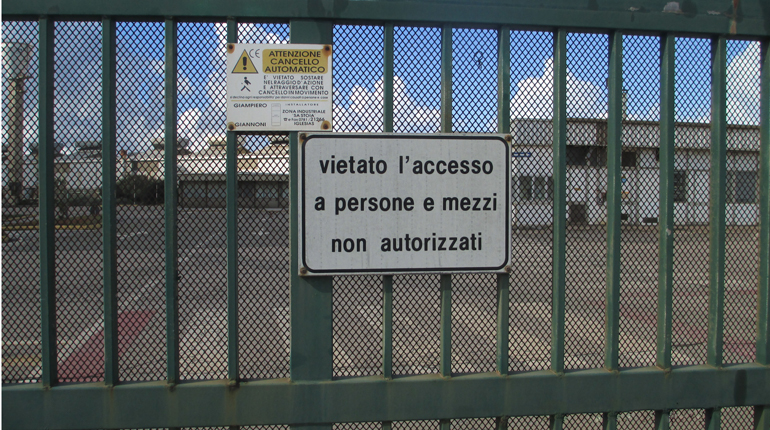
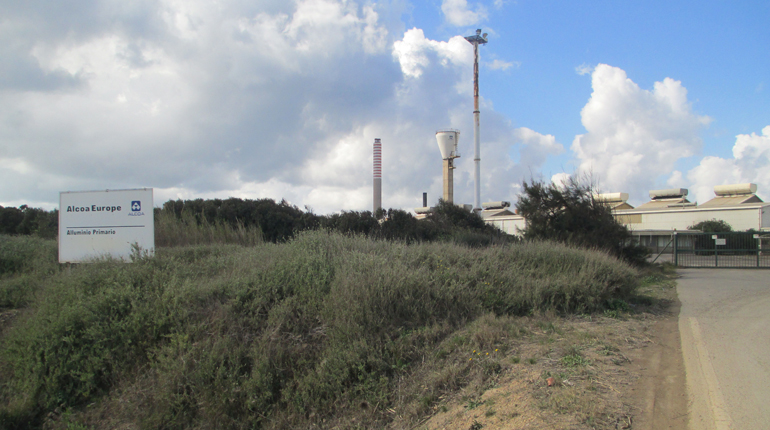
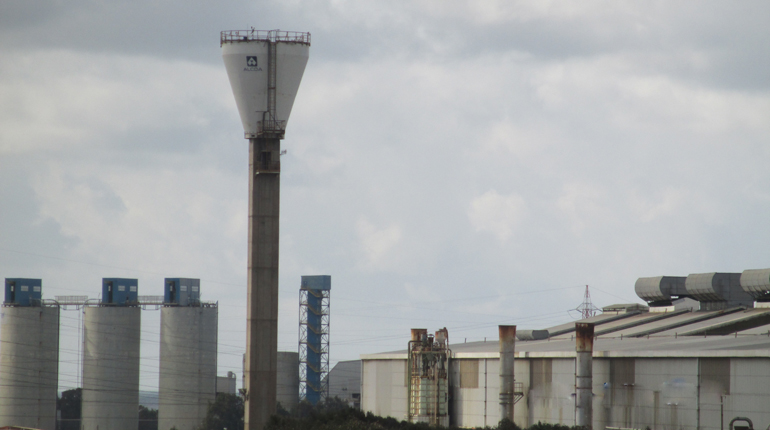
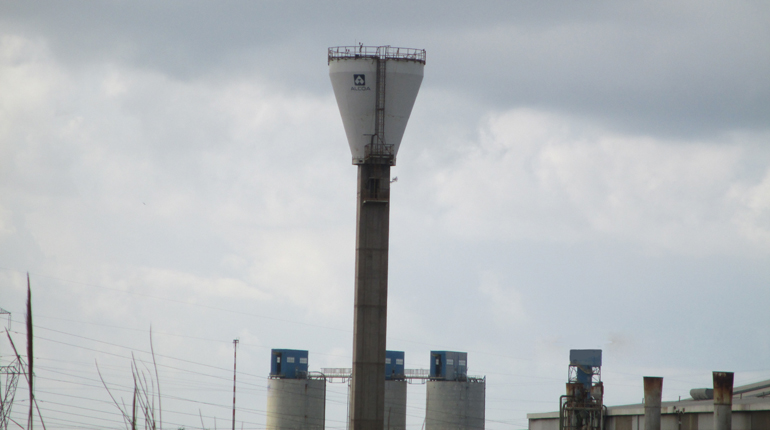

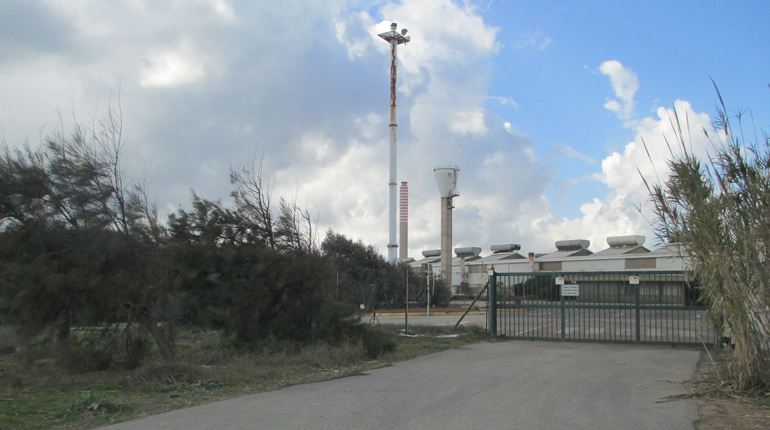
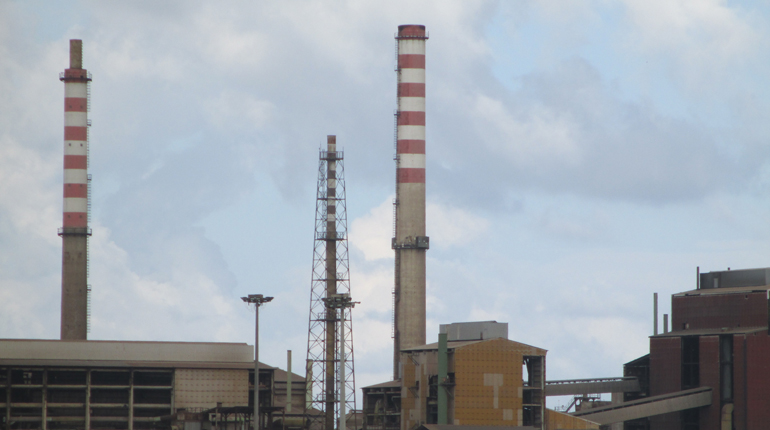
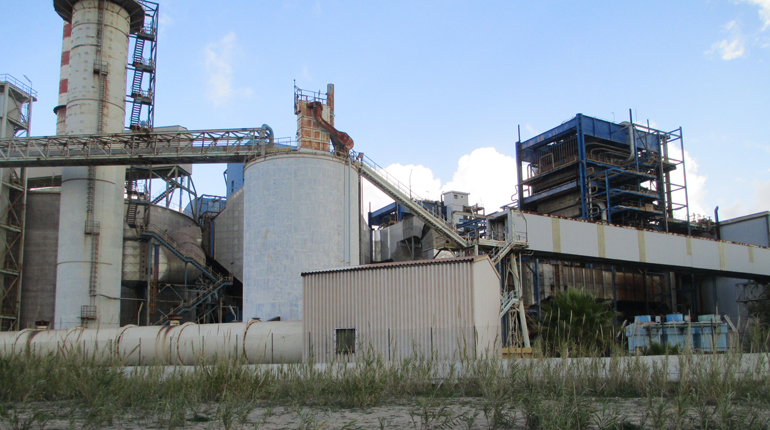
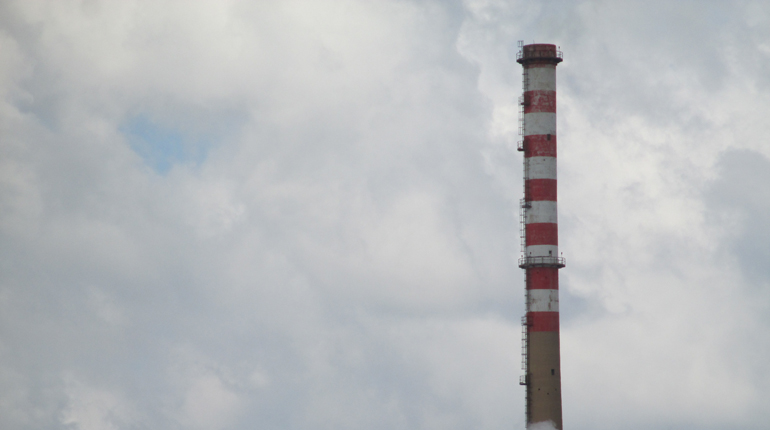

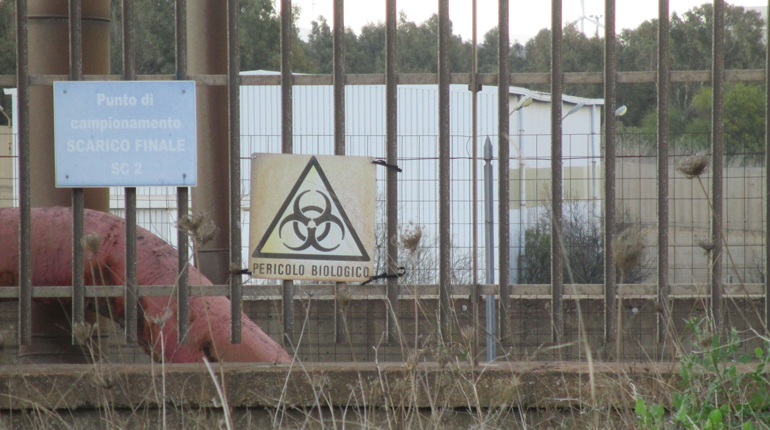
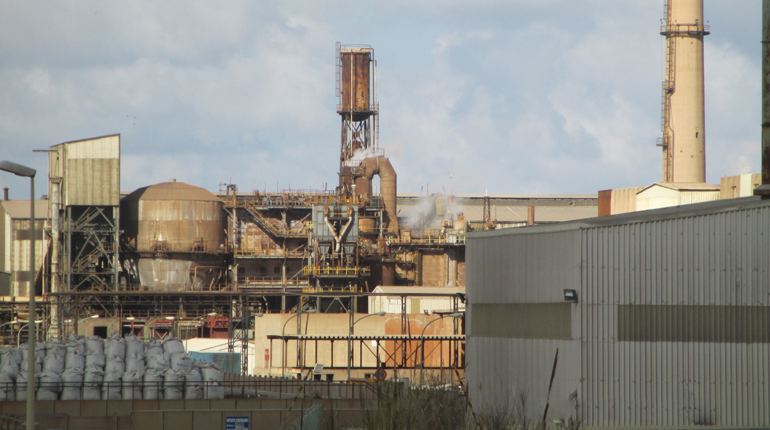
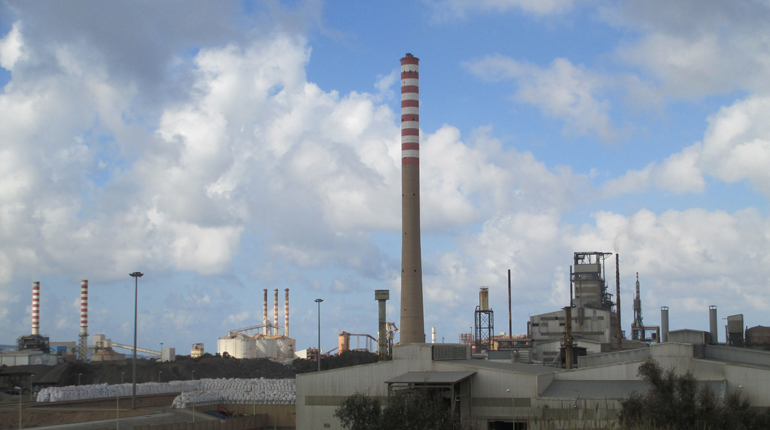
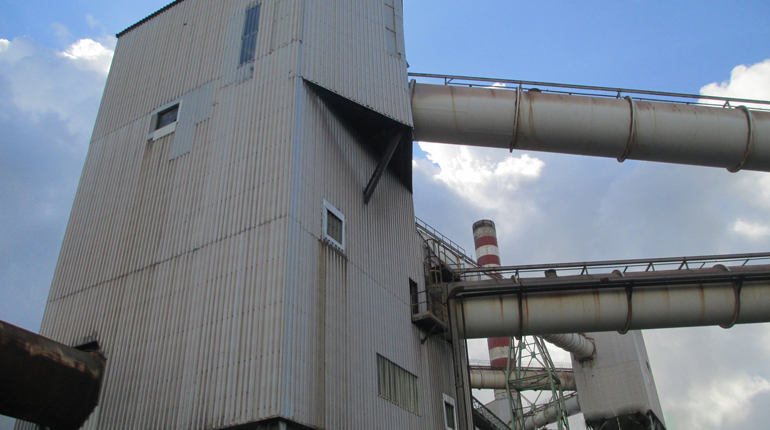
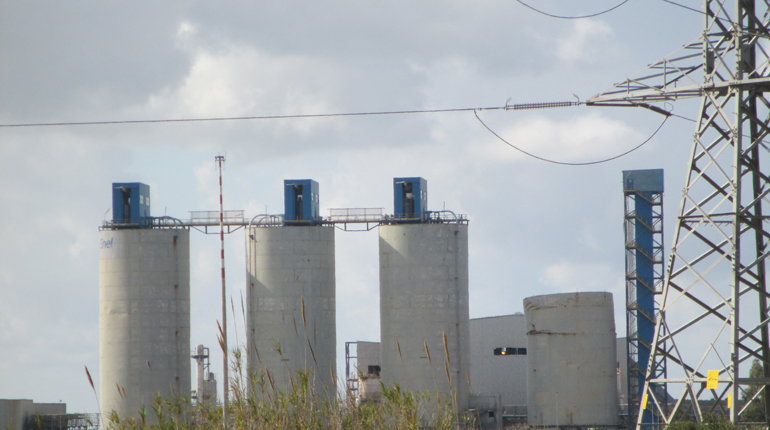
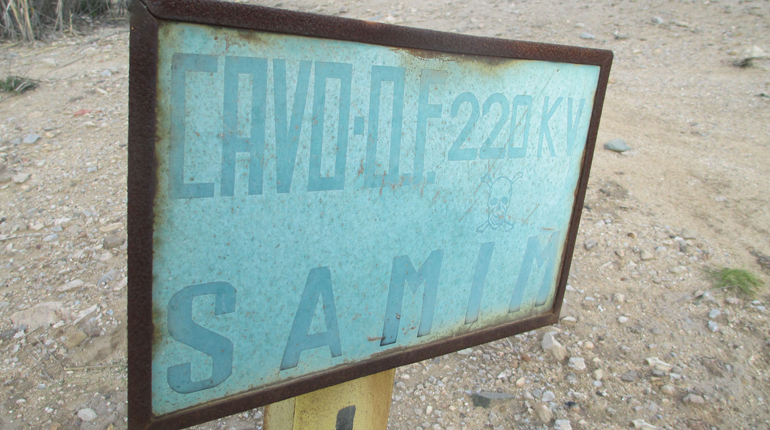
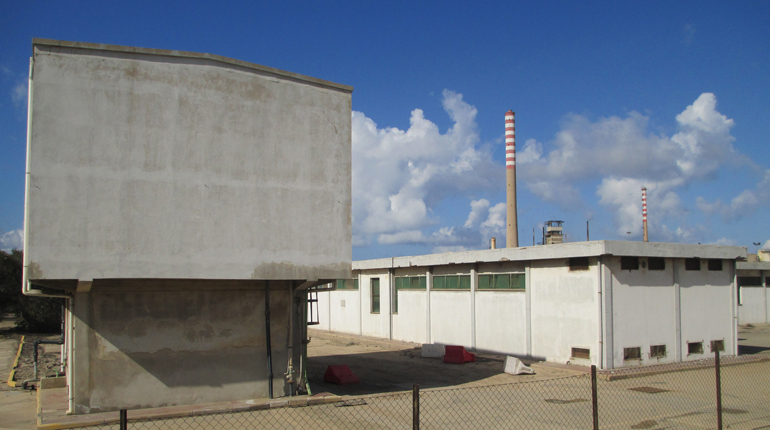
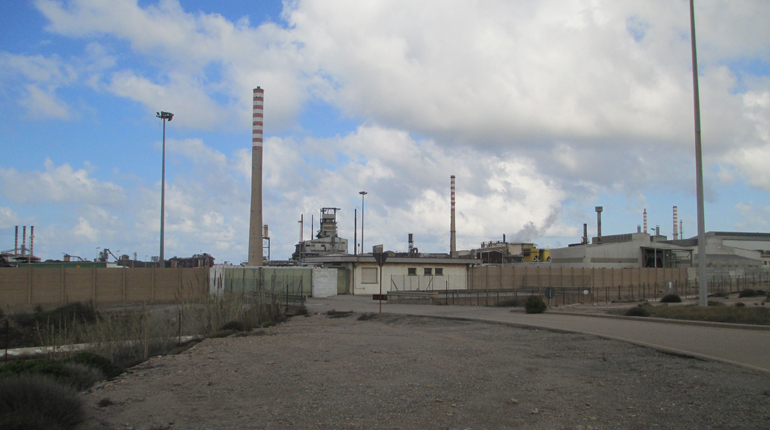

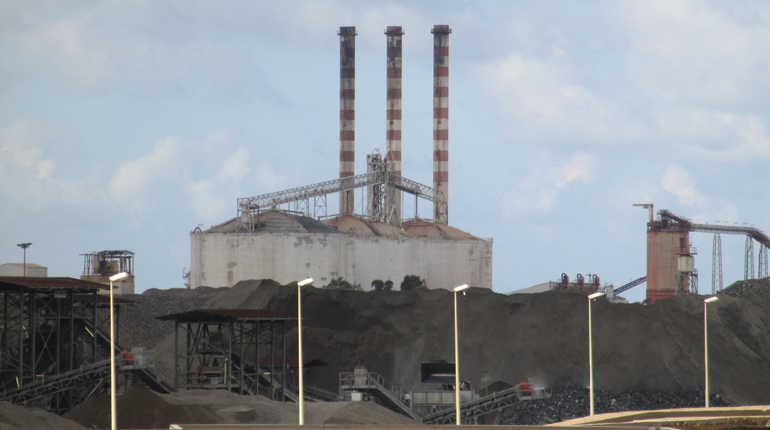





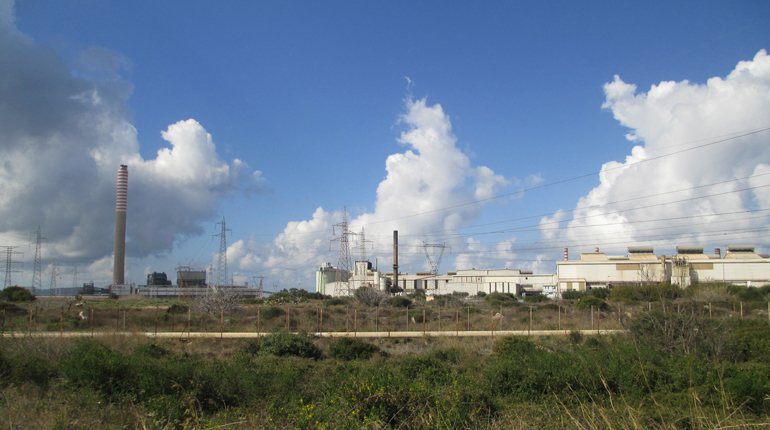
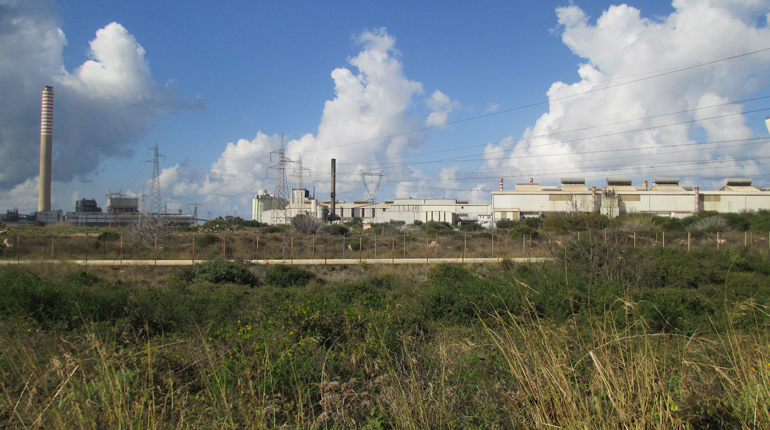
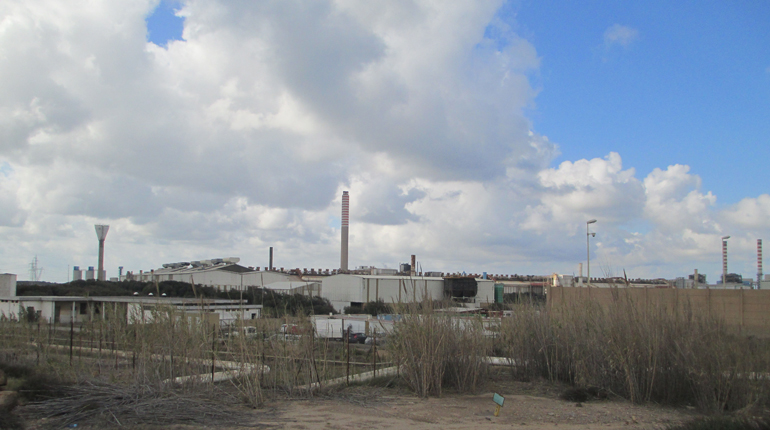
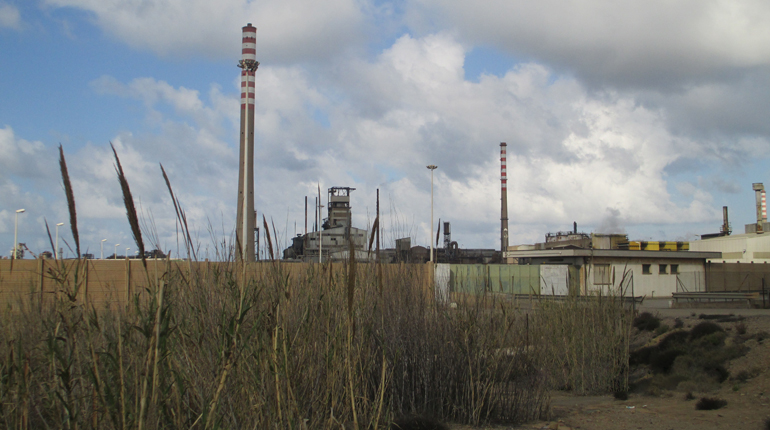
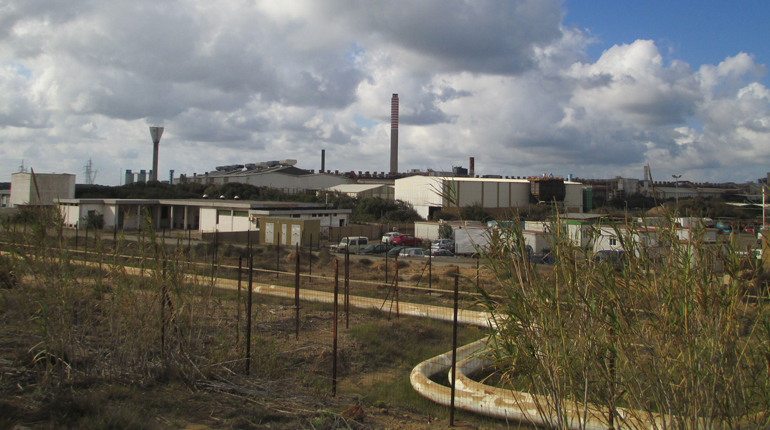
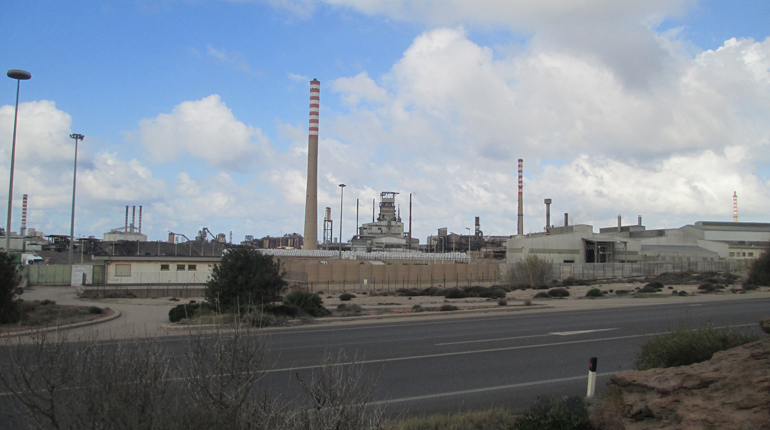

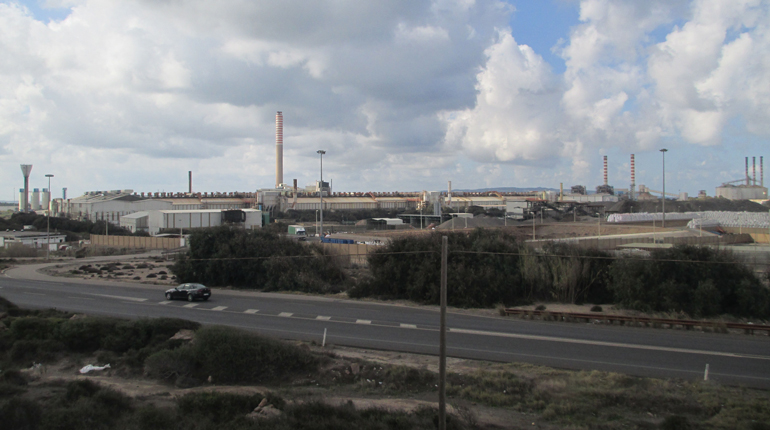


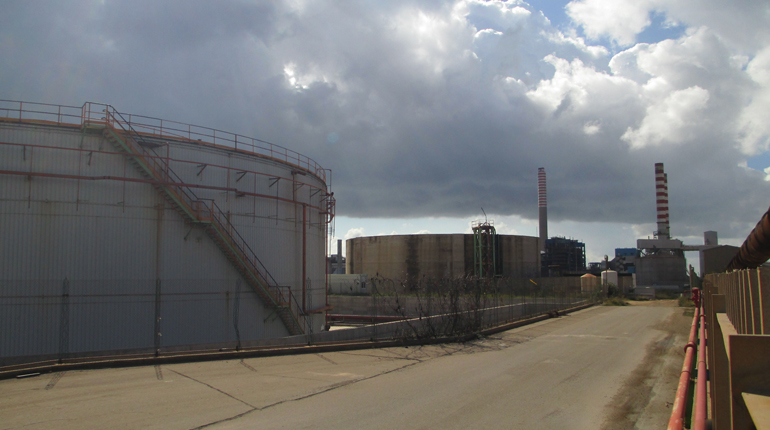



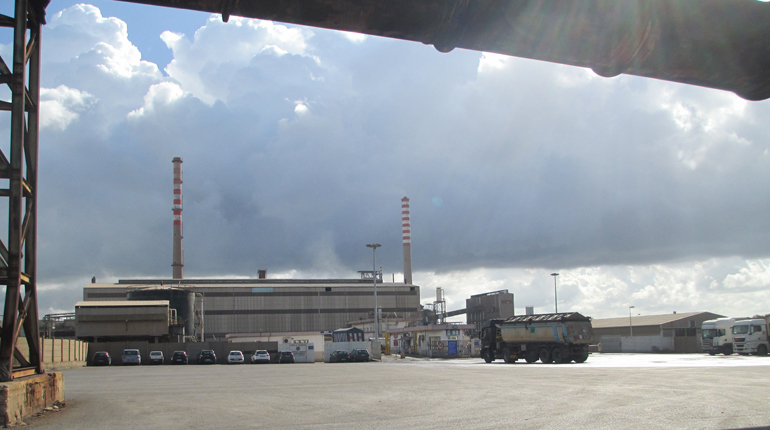
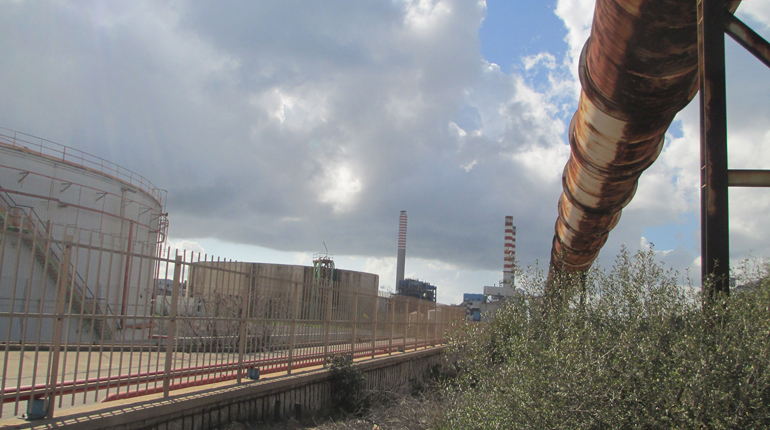

The avalanche, in Washington’s Cascades in February, slid past some trees and rocks, like ocean swells around a ship’s prow. Others it captured and added to its violent load.
Somewhere inside, it also carried people. How many, no one knew.
The slope of the terrain, shaped like a funnel, squeezed the growing swell of churning snow into a steep, twisting gorge. It moved in surges, like a roller coaster on a series of drops and high-banked turns. It accelerated as the slope steepened and the weight of the slide pushed from behind. It slithered through shallower pitches. The energy raised the temperature of the snow a couple of degrees, and the friction carved striations high in the icy sides of the canyon walls.
Elyse Saugstad, a professional skier, wore a backpack equipped with an air bag, a relatively new and expensive part of the arsenal that backcountry users increasingly carry to ease their minds and increase survival odds in case of an avalanche. About to be overtaken, she pulled a cord near her chest. She was knocked down before she knew if the canister of compressed air inflated winged pillows behind her head.
She had no control of her body as she tumbled downhill. She did not know up from down. It was not unlike being cartwheeled in a relentlessly crashing wave. But snow does not recede. It swallows its victims. It does not spit them out.
Snow filled her mouth. She caromed off things she never saw, tumbling through a cluttered canyon like a steel marble falling through pins in a pachinko machine.
At first she thought she would be embarrassed that she had deployed her air bag, that the other expert skiers she was with, more than a dozen of them, would have a good laugh at her panicked overreaction. Seconds later, tumbling uncontrollably inside a ribbon of speeding snow, she was sure this was how she was going to die.
Elyse Saugstad, a professional skier, wore a backpack equipped with an air bag, a relatively new and expensive part of the arsenal that backcountry users increasingly carry to ease their minds and increase survival odds in case of an avalanche. About to be overtaken, she pulled a cord near her chest. She was knocked down before she knew if the canister of compressed air inflated winged pillows behind her head.
She had no control of her body as she tumbled downhill. She did not know up from down. It was not unlike being cartwheeled in a relentlessly crashing wave. But snow does not recede. It swallows its victims. It does not spit them out.
Titoli dei paragrafi con lo stile Titolo2
Dalla tendina sotto il grassetto potete scegliere anche altri formati
Snow filled her mouth. She caromed off things she never saw, tumbling through a cluttered canyon like a steel marble falling through pins in a pachinko machine.
At first she thought she would be embarrassed that she had deployed her air bag, that the other expert skiers she was with, more than a dozen of them, would have a good laugh at her panicked overreaction. Seconds later, tumbling uncontrollably inside a ribbon of speeding snow, she was sure this was how she was going to die.
Moving, roiling snow turns into something closer to liquid, thick like lava. But when it stops, it instantly freezes solid. The laws of physics and chemistry transform a meadow of fine powder into a wreckage of icy chunks. Saugstad’s pinwheeling body would freeze into whatever position it was in the moment the snow stopped.
Ho seguito un corso di lettura veloce. Alla fine ho letto Guerra e pace in 20 minuti. E' un libro sulla Russia Woody Allen
La citazione si fa con l’elemento Quote.
After about a minute, the creek bed vomited the debris into a gently sloped meadow. Saugstad felt the snow slow and tried to keep her hands in front of her. She knew from avalanche safety courses that outstretched hands might puncture the ice surface and alert rescuers. She knew that if victims ended up buried under the snow, cupped hands in front of the face could provide a small pocket of air for the mouth and nose. Without it, the first breaths could create a suffocating ice mask.
The avalanche spread and stopped, locking everything it carried into an icy cocoon. It was now a jagged, virtually impenetrable pile of ice, longer than a football field and nearly as wide. As if newly plowed, it rose in rugged contrast to the surrounding fields of undisturbed snow, 20 feet tall in spots.
‘I Couldn’t Breathe’.
Qui sopra un esempio di video a tutta giustezza. Per farlo, bisogna usare il componente Video di Aesop.
Saugstad was mummified. She was on her back, her head pointed downhill. Her goggles were off. Her nose ring had been ripped away. She felt the crushing weight of snow on her chest. She could not move her legs. One boot still had a ski attached to it. She could not lift her head because it was locked into the ice.
Ovviamente si possono anche embeddare fotogallerie semplicemente usando il codice solito: parentesiquadraaperta imagebroser id="id" parentesiquadrachiusa
But she could see the sky. Her face was covered only with loose snow. Her hands, too, stuck out of the snow, one still covered by a pink mitten.
Using her hands like windshield wipers, she tried to flick snow away from her mouth. When she clawed at her chest and neck, the crumbs maddeningly slid back onto her face. She grew claustrophobic.
Le mappe vanno embeddate direttamente usando il codice di Google e incollandolo dentro il campo testo di wordpress. La larghezza massima va impostata a 700 (non può ‘smarginare’ rispetto’ al testo)
Questa da FUSION TABLE
Quanto scritto qui sopra vale per tutti i servizi esterni che forniscono un codice embed, ovvero Twitter, Timeline Js, Infogram, Prezi e quant’altro. La dimensione massima è sempre 700.
Eccezionali immagini di balene e delfini nel Mare del Cilento https://t.co/51UpVxXo1v
— WWF Italia (@WWFitalia) 7 Novembre 2015
Breathe easy, she told herself. Do not panic. Help will come. She stared at the low, gray clouds. She had not noticed the noise as she hurtled down the mountain. Now, she was suddenly struck by the silence. The Cascades are among the craggiest of American mountain ranges, roughly cut, as if carved with a chain saw. In summer, the gray peaks are sprinkled with glaciers. In winter, they are smothered in some of North America’s deepest snowpack.
The top of Cowboy Mountain, about 75 miles east of Seattle, rises to 5,853 feet — about half the height of the tallest Cascades, but higher than its nearest neighbors, enough to provide 360-degree views. It feels more like a long fin than a summit, a few feet wide in parts. Locals call it Cowboy Ridge.